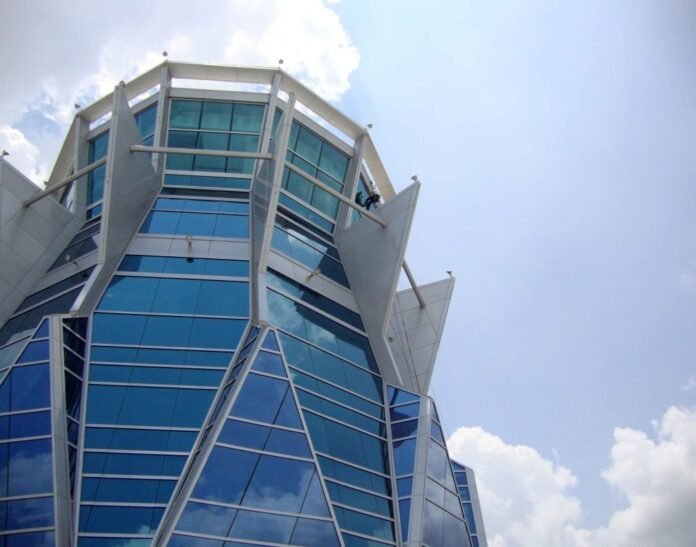
Building Envelope Commissioning
When LEED was created in 2000, few building owners, architects, developers and design and building teams were familiar with building envelope commissioning. The Fundamental Commissioning (FC) and Enhanced Commissioning (Eco) credit in LEED established a new standard for most project teams, showing that HVAC and energy efficiency, along with other building-efficiency attributes, contribute to a project’s overall sustainability. This is not the case, however, and more information about building envelope commissioning services needs to be made available.
The term “Building Envelope Commissioning” refers to the interior and exterior perimeter of any structure or building. It is the part of the building interior and exterior, which are usually visible from the street. However, many buildings do not have an outside wall. Buildings generally do not have an interior wall unless it is attached to the exterior. Buildings are typically divided into two main sections: the exterior and interior.
Some builders call the exterior and interior “walls,” and in most cases, this would apply only to large commercial projects where the building itself is covered with windows and/or doors. In a typical building, the exterior wall will be separated into three parts, the facade wall, the exterior wall/slab and the facade.
Why should I have an architect or building contractor explain what are building envelope commissioning services? The benefits of HVAC envelope building are numerous. Energy efficient systems reduce your heating and cooling costs, contributing to a healthier, greener earth. Less energy consumption means fewer carbon dioxide emissions, more sustainable resource management, better water conservation, lower energy consumption, and lower electric bills.
HVAC envelope building provides several distinct forms of building envelope services, each of which can increase the efficiency of your building’s operation. There are a wide variety of different types of construction envelope services available on the market today. Visit website for more details.
Passive House and Condo House, Solar House, Condominium and Home, Commercial and Residential, Industrial and Manufacturing, Water Management and Engineering, and Building Construction, and Demolition and Remodeling. {Rising, and Design and Construction, among others. When you hire an architect or building contractor to explain what are building envelope commissioning services, you’ll get the inside scoop on each of these types.
Passive House is the most efficient envelope type of structure because of its construction. With passive construction, the passive heating and cooling of the house are maintained by a passive system. Passive systems work through radiant barriers, radiant heated insulation, and passive cooling vents, which maintain the interior temperature of the house at an even temperature throughout the day and throughout the night. Passive systems work much like air conditioning but instead of using mechanical means to keep the inside temperature constant, they utilize a passive mechanism that keeps the inside temperature steady.
Passive construction has been shown to be the most energy efficient design since it does not require mechanical systems for cooling, heating and ventilation, and it also doesn’t use a forced draft through the walls of the home. The passive design also eliminates the need for air conditioning during the summer months when heat from the sun is not necessary.
A solar house uses photovoltaic panels to generate energy and store it so that it can be used during the day to warm the home. Solar panels are typically installed on or near the foundation or exterior wall of the home. These panels collect and convert the sun’s light into electricity, which is stored in batteries. This energy is then turned into heat during the day and used in the interior of the home to keep the home warm.
Another solar-powered building envelope is the solar condominium. The condominium is similar to a condo in many ways. They have the same basic structure – a home on a structure – but they use solar power rather than traditional electrical sources to create their power. Solar panels are also used to provide heating and cooling in the home. These solar powered buildings use about 70% less electricity than their traditional counterparts. and only produce about three percent of the greenhouse gases produced by traditional buildings. Additionally, they are highly sustainable buildings as they will be sustainable for generations to come. Searching for Building Envelope Consulting, Contact Us.
Read our other Business Articles.



